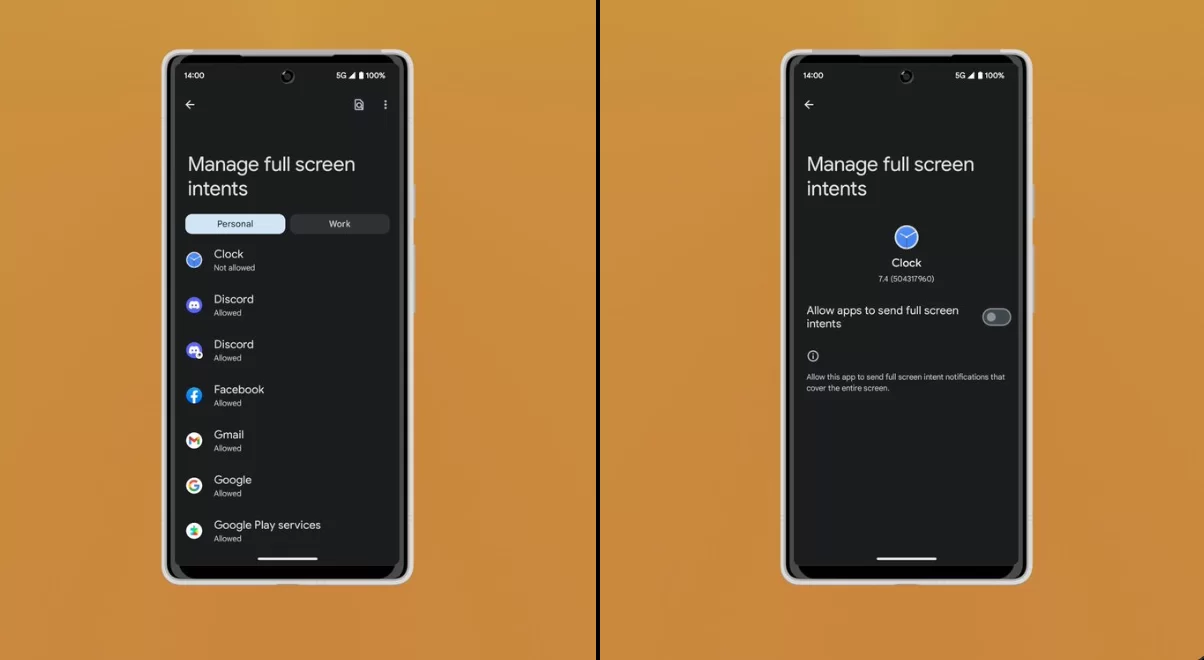Advertisements are often a pragmatic avenue for delivering free experiences across apps, games, and digital services. However, the presence of ads isn’t always seamless; at times, these intrusive and disruptive ads border on being outright…
Interestingly, Google is attuned to this concern as well. With the impending release of Android 14, Google’s latest operating system update, a mechanism will be in place to counteract ads that hijack the entirety of a user’s screen.
Deactivated as the Default Setting
Typically, developers access the “USE_FULL_SCREEN_INTENT” interface code embedded within the system. This code regulates the display of ads in full-screen format. These ads, whether they manifest as incoming call screens or active alarms, often monopolize the user’s screen space.

The issue stems from numerous developers misusing this capability to display disruptive ads. In response, Google is engineering changes for Android 14.
Under the revamped Android 14 framework, users will gain authority over the permission governing this feature. Consequently, the default setting for this feature will be deactivated for fresh app downloads that occur after the close of 2023—barring applications designed to manage calls and alarms.
A Shift from the Status Quo
Notably, the current Android operating system harbors a semblance of this feature. However, users are compelled to manually curtail the permissions for this attribute, a task that Android 14 seeks to simplify. This impending update promises the automatic deactivation of this feature by default.
This development holds promise in alleviating issues stemming from free apps adorned with intrusive ads. Particularly troubling are scenarios where these ads, beyond being bothersome, house malevolent links that jeopardize the security of users’ devices.

